Global NO.8 Scientist: Quantum Dots Are the Future of Display Technology
On July 22, the discussion of quantum dot display technology lasted for two years and finally ushered in the most authoritative explanation. On the same day, TCL hosted the "Scientists Face to Face - Quantum Dots Display Science and Technology Podium" event at Zhejiang Grand University. Professor Zhejiang University and Peng Xiaogang, a senior expert on quantum dots, and more than 100 media reporters from across the country were present to discuss the status of quantum dot display technology face-to-face. The prospect of the future is to fade the mystery of Quantum Dots with authoritative voices and let the charm of technology hit the hearts of people.
(On February 10th, 2011, Thomson Reuters, the world's leading professional information provider, published the list of the world's top 100 chemists based on the impact factors of research papers published in the past 10 years. Professor Peng Xiaogang is ranked Eighth, it is also the number one Chinese scientist.)
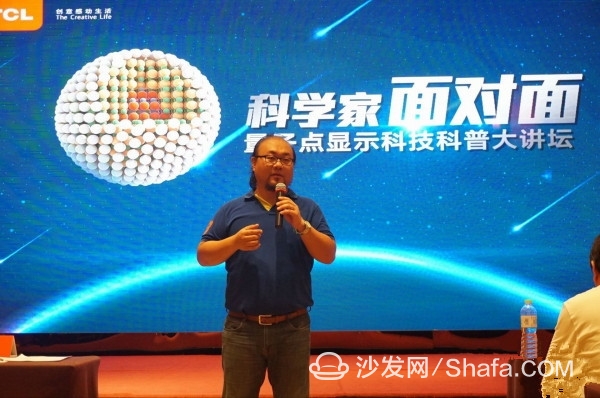
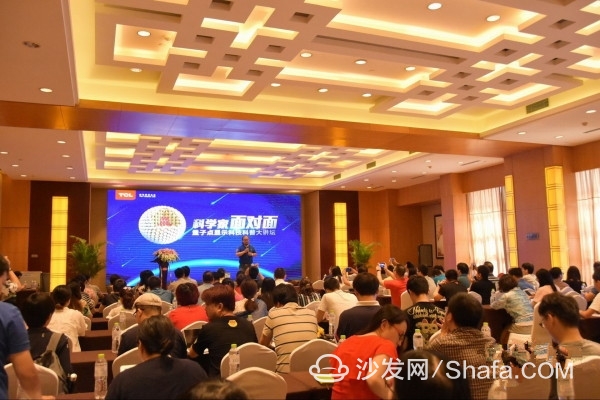
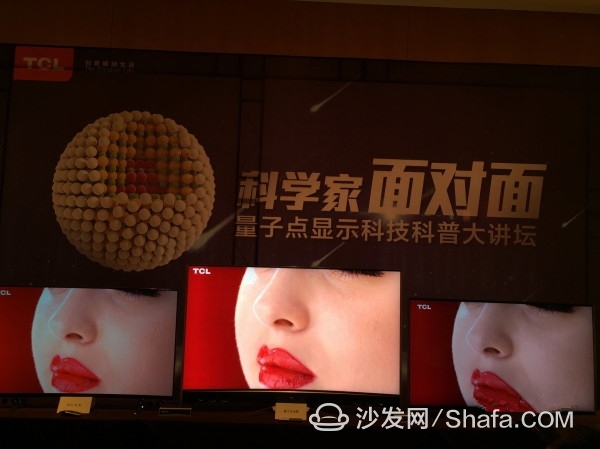
Peng Xiaogang spoke to the top 100 media to clear up the source of Quantum.
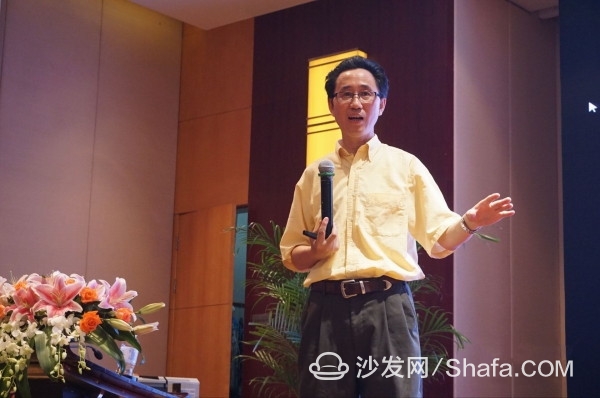
At the scene, Peng Xiaogang did a full-scale science popularization of quantum dot display technology for more than a hundred media and had a lively discussion. "Who will win the quantum dot with OLED?", "Is QD TV an improvement of LED?", "Do QDs contain cadmium harm?" ... Faced with the sharp questions raised by reporters on the spot, Peng Xiaogang has done one by one. answer.
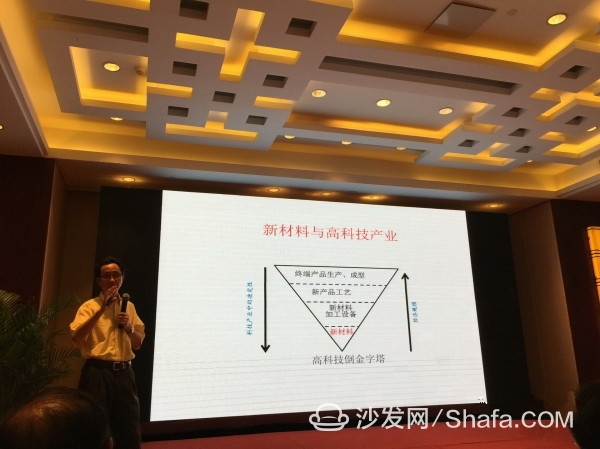

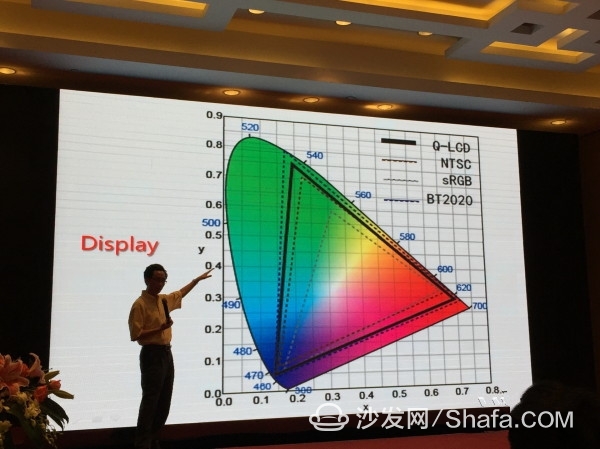

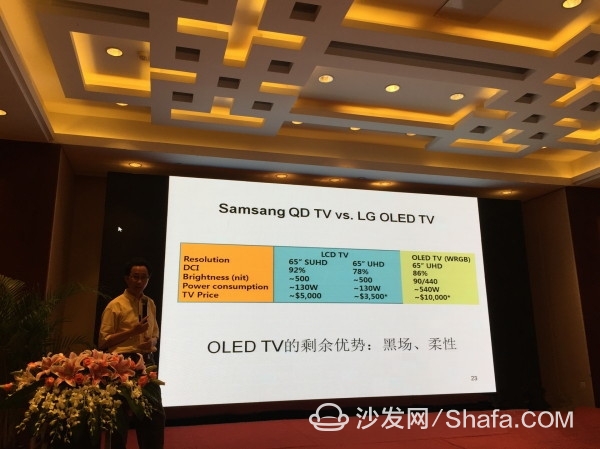
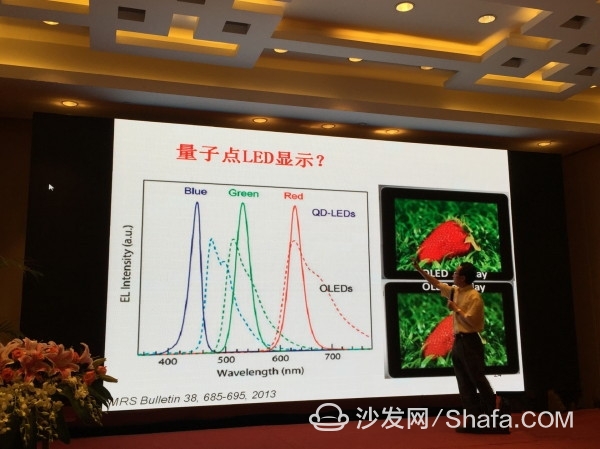
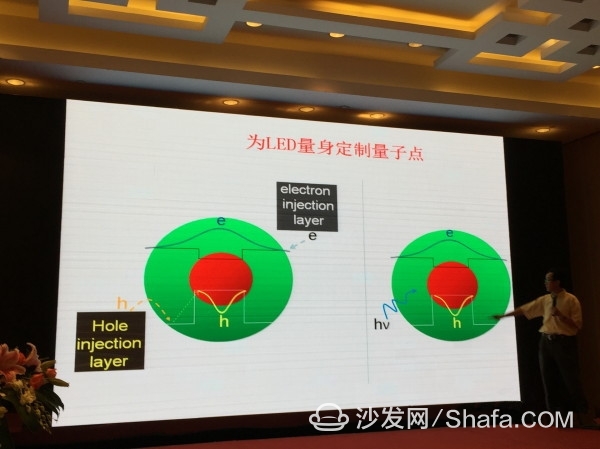
Breaking the monopoly of foreign countries, China clings to the next generation of display technology
Peng Xiaogang pointed out that the display industry has been in the hands of foreign giants from CRT, to LCD, to OLED, and OLED TVs are more fully dominated by Korean enterprises LG. "At present, China's import backlight module has a very large foreign exchange consumption. If all the Chinese forces join together to make quantum dot technology, it will break this situation." Peng Xiaogang said that quantum dots have an important significance for the national economic restructuring.
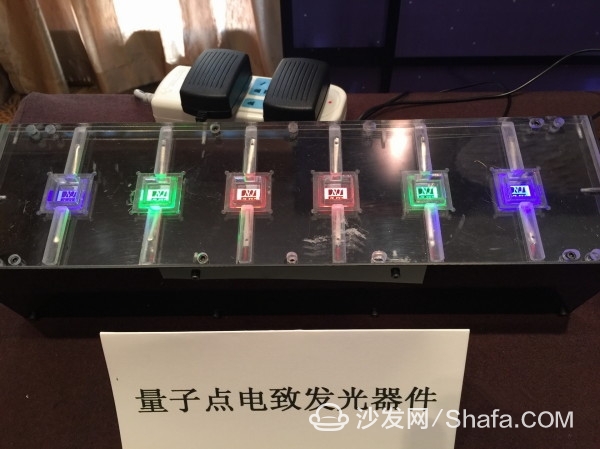
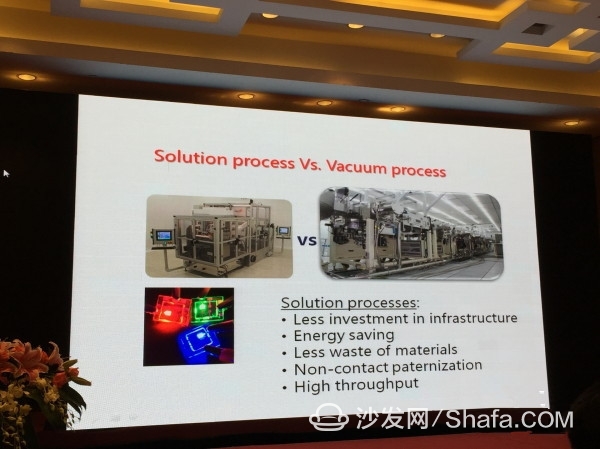
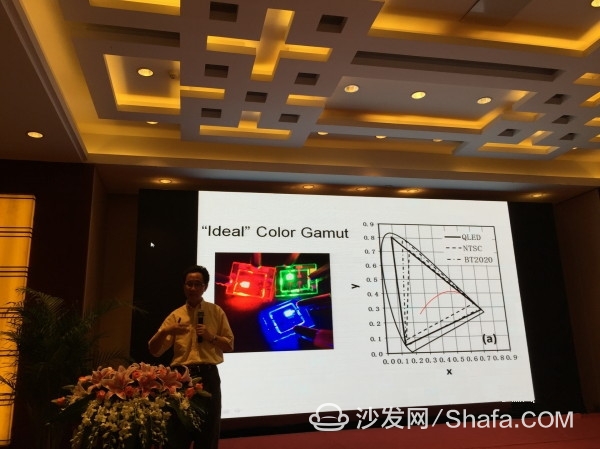
The printing and display era is no longer far away from us.
According to TCL R&D personnel, with the efforts of companies such as TCL, quantum dot printing shows that it is moving from the “laboratory†to the ground. It is understood that as the only company in the country that has completed the vertical integration of the industrial chain, TCL has given priority to five major parts: quantum dot material synthesis, quantum dot printing devices, printed display technology, G4.5 print display platform, and G8.5 print display platform. Layout and balanced development, to seize the cutting-edge technology in the field of printing and display.
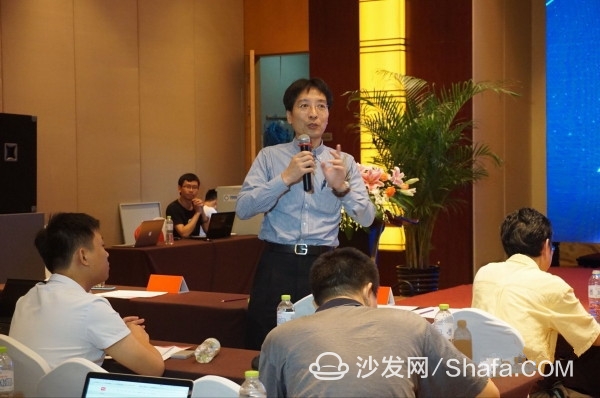
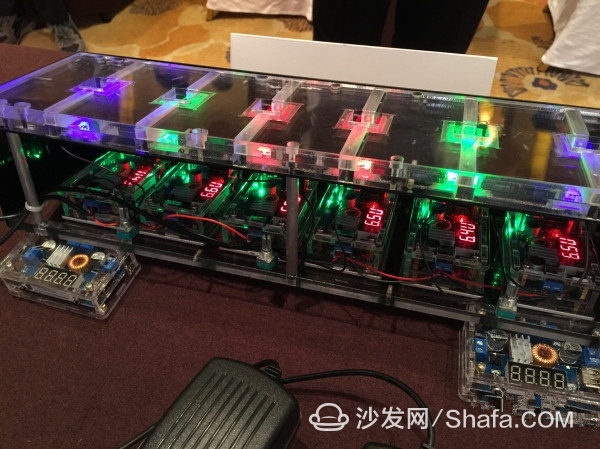
(On February 10th, 2011, Thomson Reuters, the world's leading professional information provider, published the list of the world's top 100 chemists based on the impact factors of research papers published in the past 10 years. Professor Peng Xiaogang is ranked Eighth, it is also the number one Chinese scientist.)

Mr. Chen Bingfeng, Marketing Director of TCL Multimedia Division, also serves as host

More than 100 media reporters across the country came to the scene

Comparison of live TCL QD TV (middle) with OLED TV (left) and LED TV (right)
Industry sources pointed out that quantum dot materials and their related application technologies are hailed as one of the core technology engines of the Industry 4.0 era. Under the background of accelerating the pace of research on quantum dots in the world, the quantum dot display science popularization action is tantamount to a future "scientific initiation" of science and technology, which will allow quantum dots to receive more extensive attention and recognition, and will be the development of quantum dot technology in China. Build up stronger potential to help China seize the global technology industry for the next decade. Peng Xiaogang spoke to the top 100 media to clear up the source of Quantum.

Prof. Peng Xiaogang explained on the scene
It is understood that Peng Xiaogang is the top chemist ranked eighth in the world by Thomson Reuters, and the second batch of national "Thousand Talents Planners". It is the synthetic chemistry developed by Peng Xiaogang that leads the development of quantum dot research in the academic community. . His invention of synthesis and processing methods laid the foundation for industrial applications of quantum dots, helping China to take a leading position in this field. This kind of scientific cafe is located in the town, which also makes this "scientists face to face" with ample weight and attention. At the scene, Peng Xiaogang did a full-scale science popularization of quantum dot display technology for more than a hundred media and had a lively discussion. "Who will win the quantum dot with OLED?", "Is QD TV an improvement of LED?", "Do QDs contain cadmium harm?" ... Faced with the sharp questions raised by reporters on the spot, Peng Xiaogang has done one by one. answer.

Prof. Peng is explaining the science of materials, and the material advantages of quantum dots are very obvious.

Professor Peng said that quantum dots are the best luminous materials ever discovered by humans.
"Quantum dots are probably the best light-emitting material ever discovered by humans." Peng Xiaogang introduced quantum dots as solution semiconductor nanocrystals. Each small particle is a single crystal, and its size is only about one ten-thousandth of that of the hair. Only by changing the size of the quantum dots, you can get the desired color, and the color purity is very high, and the stability of the crystal is also very high. This is difficult for other materials, and there is no need to worry about the service life. 
The color gamut advantage of quantum dots
Peng Xiaogang pointed out that color gamut is a standard that determines how much color the human eye can observe. According to the highest BT2020 standard, Apple's mobile phone is only about 50%, which means that half of the colors can't be displayed, but quantum dots can achieve 100% color gamut and restore all the colors we can perceive. The improvement of color gamut not only increases the color, but also greatly enhances the texture and three-dimensionality of the picture. Quantum dot display technology has a natural viewing advantage. 
The QD TVs we currently have are based on the first generation of photoluminescent technology.
Talking about the competition between quantum dots and OLEDs, Peng Xiaogang stated frankly: “OLEDs have inherent defects in organic materials and quantum dots are more promising than OLEDs.†He said that the inherent instability of OLEDs has led to the inability of existing lifetimes and light effects to exist. The problem of coordination is that the yield rate still falls short of the commercialization requirements; the deficiencies of OLEDs in the color gamut are also determined by the intrinsic emission peak width of organic light-emitting materials. At present, OLED TVs on the market are mass-produced through the preparation of white OLEDs, rather than active light emission of three primary colors. There are problems such as reduced color, increased energy consumption, and high prices. "The OLED is being screened at a large scale, but we can't see the prospects at present." 
The professor's analysis is objective and also shows that OLED has the advantages of black field and flexibility, but quantum dot technology continues to improve.

On the tri-color curve, the advantages of quantum dot technology are also very clear
Peng Xiaogang specifically pointed out that the application of quantum dots far exceeds OLED. At present, quantum dots are beginning to be explored in the fields of solar cells, bio-medical markers, lighting, and display industries, and have broad prospects. For example, in the field of biomedicine, different colors of quantum dots can be used to detect multiple pathogens or pesticide residues at the same time. Quantum dots can be used in the lighting industry to greatly increase luminous efficacy. 
Quantum Dot Technology for LEDs
In response to concerns about the "cadmium-containing" quantum dots, Peng Xiaogang introduced that cadmium is an element of the Earth's natural abundance that is abundant in our daily lives. The cadmium content of a TCL's 55-inch quantum dot TV, introduced in 2015, is equivalent to about 1 kilogram of normal rice (according to WHO standards) intrinsic cadmium content, with little harm to the human body. Not to mention that cadmium is enclosed in polymer cross-linked polymers on television. Even if it breaks television, cadmium will not leak. "A quantum dot TV has less cadmium than everyone who eats three days of rice." Moreover, the cadmium in Quantum TV is far more difficult to digest and absorb than cadmium in rice. Breaking the monopoly of foreign countries, China clings to the next generation of display technology
Peng Xiaogang pointed out that the display industry has been in the hands of foreign giants from CRT, to LCD, to OLED, and OLED TVs are more fully dominated by Korean enterprises LG. "At present, China's import backlight module has a very large foreign exchange consumption. If all the Chinese forces join together to make quantum dot technology, it will break this situation." Peng Xiaogang said that quantum dots have an important significance for the national economic restructuring.

On-site display of electroluminescent quantum dot light emitting devices
"Our job is to customize quantum dots for LEDs." Peng Xiaogang said that quantum dot display technology is mainly divided into two stages: photoluminescence and electroluminescence. TCL, Hisense, South Korea's Samsung and other companies have achieved Landing of luminous products. It is understood that based on the first stage of photoluminescence, its performance has been superior to existing television, and it has achieved breakthroughs in terms of color, power consumption and overall effect. The second phase of electroluminescence, Peng Xiaogang bluntly will be the most likely next-generation display technology options for humans. 
Manufacturing advantages of electroluminescent quantum dot technology
Peng Xiaogang said that the technology of electroluminescent quantum dots (QLEDs) is very valuable and will cause drastic changes in the entire industry. He said that QLEDs will be self-illuminating like OLEDs, without the need for a backlight source, and that flexible displays and ultra-thin styling will be implemented without the drawbacks of OLEDs. This is a disruptive technological innovation. For QLED, China’s technology leads the world and is the vanguard of the world’s first echelon. 
The color gamut advantage of electroluminescent two-point technology
For the future of Quantum Dots, Peng Xiaogang presented a stunning blueprint. "In the future, quantum dot electroluminescence can be used to make displays like the printing press, so that clothes, curtains and other media can become televisions." Peng Xiaogang told reporters that the gathering of national forces, there is hope that within five years, China will take the lead in experimenting with QLED civilian use. Application. The printing and display era is no longer far away from us.
According to TCL R&D personnel, with the efforts of companies such as TCL, quantum dot printing shows that it is moving from the “laboratory†to the ground. It is understood that as the only company in the country that has completed the vertical integration of the industrial chain, TCL has given priority to five major parts: quantum dot material synthesis, quantum dot printing devices, printed display technology, G4.5 print display platform, and G8.5 print display platform. Layout and balanced development, to seize the cutting-edge technology in the field of printing and display.

Mr. Chen Guanglang, chief technology officer of TCL, answered questions from media reporters across the country
In the current market, TCL officially launched the trial of quantum dots in the domestic market since the introduction of Quantum Dot TV in 2014. In particular, after the launch of QUHD Quantum Dot TV this year, a major breakthrough has been made in terms of audio and picture quality, and it has taken the lead in promoting the commercialization, commercialization, and marketization of quantum dots. According to the results of the first public test conducted by domestic authoritative Terent laboratory, the core indicators of the QUHD TV far exceed the industry, especially the color gamut coverage is the highest value in the large database, the peak brightness exceeds the industry average of 77.9%, and the color brightness exceeds the industry The average level of 26% confirms Peng Xiaogang's above statement. 
Mr. Chen Guanglang, chief technology officer of TCL, said that mass production of electroluminescent quantum dot TVs will be realized in 3 years
“Quantum dots are very likely to be the only technology in China that has the opportunity to lead the world.†After the event ended, many media have pointed out that the quantum dot display technology that has always felt superior to the past has finally got a clear understanding and strengthened their commitment to China. Technological innovation confidence. According to industry figures, the quantum dot display technology has already received the attention of the national “Thirteenth Five-Year Planâ€. For example, the Ministry of Science and Technology recently published a list of national key R&D plans, led by Peng Xiaogang, “The Research of Quantum Dot Luminescence Display Key Materials and Devicesâ€. It was selected as a key special item of "Strategic Advanced Electronic Materials," and the Ministry of Industry and Information Technology (MIIT) further announced that quantum dot printing is a key technology for the country's key development. With the joint efforts of countries, companies, and R&D institutions, China's quantum dot display technology will be expected to lead the world in new breakthroughs, and the future development of quantum dots will be unimaginable. Ceramic Vape Pen,Full Ceramic Vape,Ceramic Oil Cartridge,Ceramic Refillable Vape
ALD GROUP LIMITED , https://www.aldvapor.com